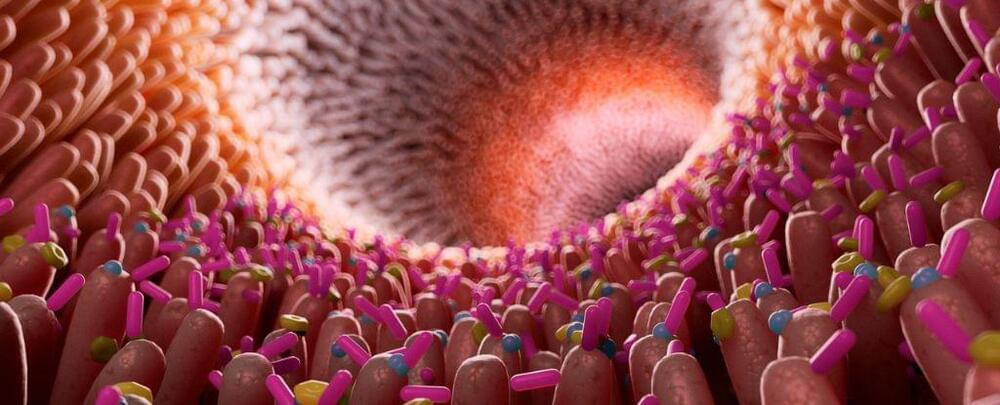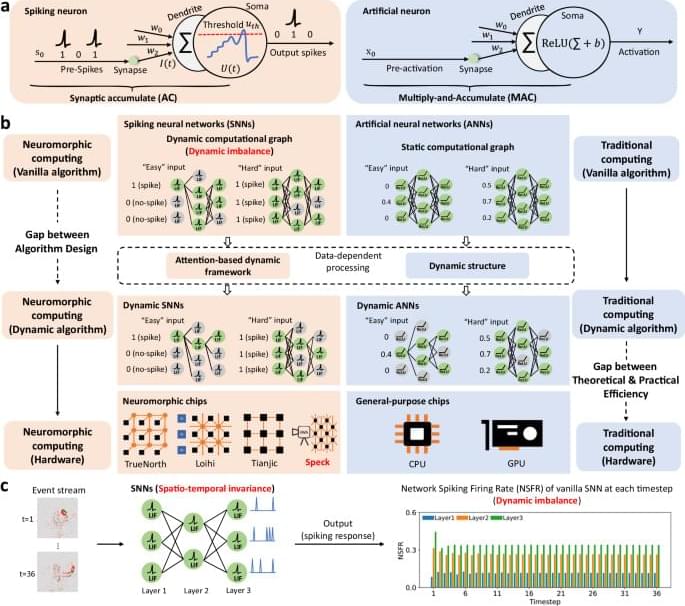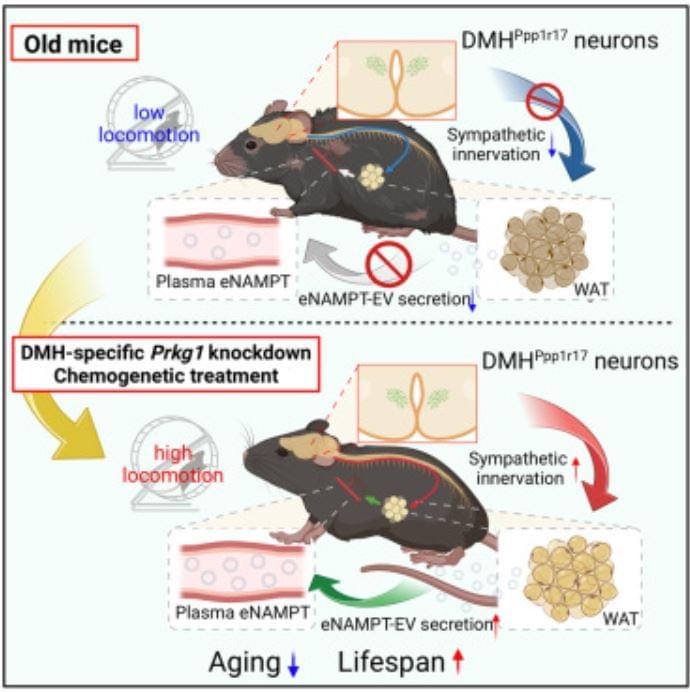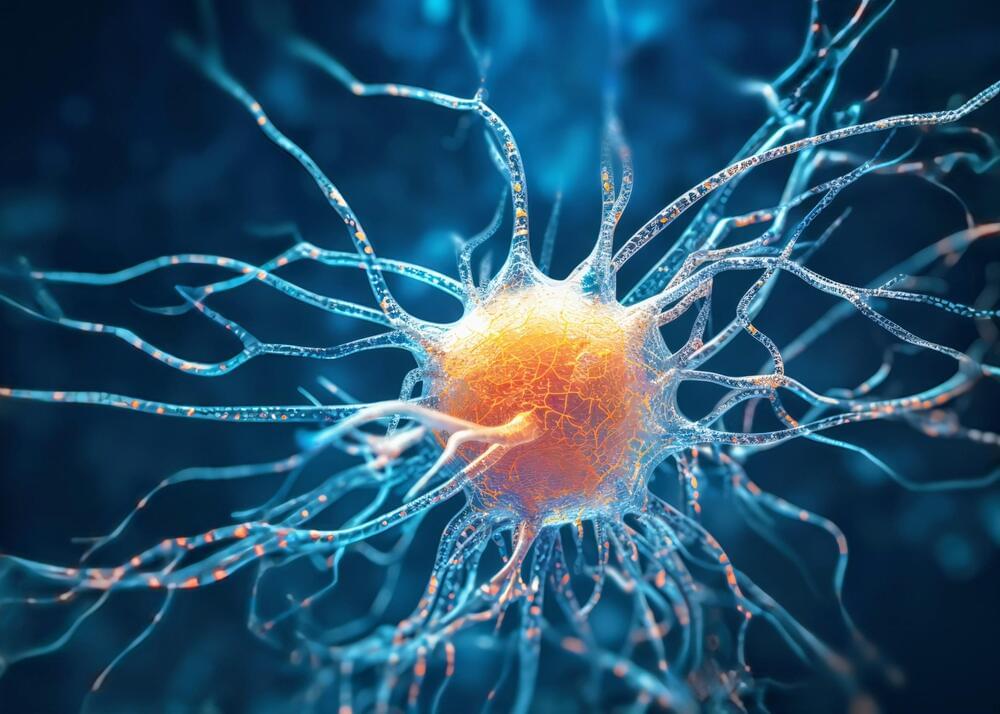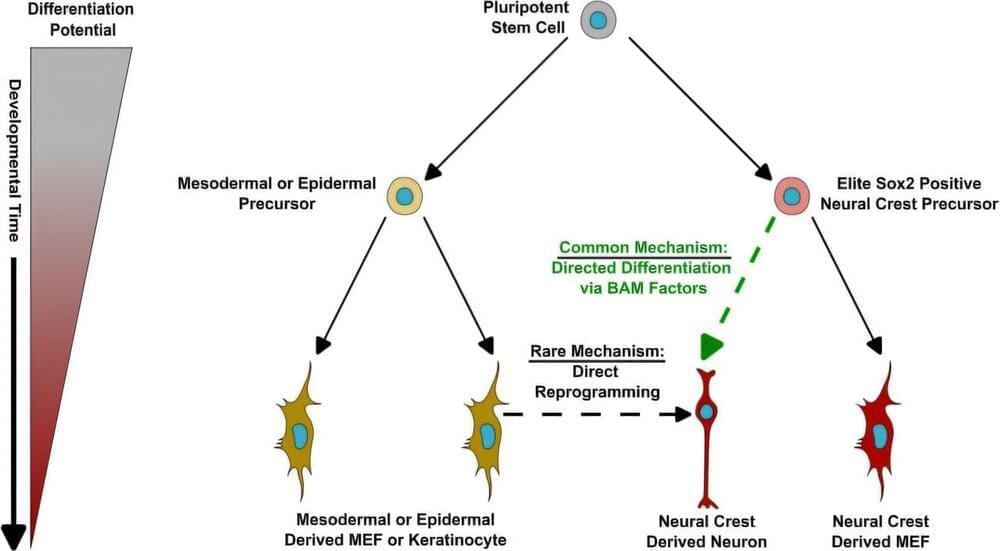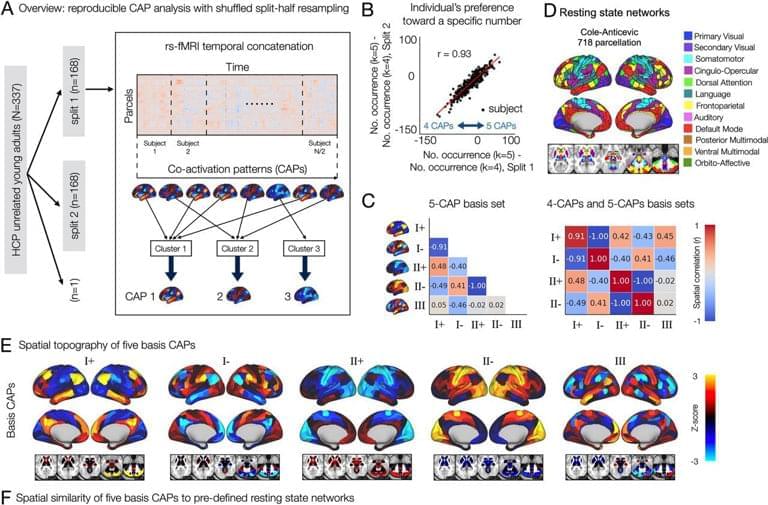Scientists in China have managed to revive brain activity in pigs nearly an hour after circulation ceased, thanks to the surprising involvement of the liver.
If translatable to humans, this finding could have significant implications for extending the critical window in which doctors can resuscitate patients following sudden cardiac arrest.
The research team, led by Dr. Xiaoshun He at Sun Yat-Sen University, experimented with the brains of 17 Tibetan minipigs to investigate how the liver might influence brain recovery.


